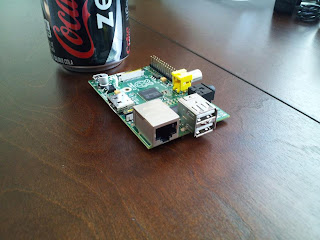Last weekend I got my WebSocket server for NetBoa working again (yay).
This weekend I've been laying out the HTML5 and CSS for the browser side. At the moment it looks like this;

It seems obvious now, but it felt like an epiphany when I realized that the project only required
a single HTML page. Everything from the login screen forward will be elements dynamically create via Javascript (using the excellent
JQuery lib) talking the server over a WebSocket. Chrome will happily maintain an open WebSocket for days with no activity (I tested it).
In John Gardner's book, Grendel, a dragon offers up the advice 'alternatives exclude'. I'm wrestling with some UI decisions -- screen dimensions vs. info glut. In the shot above, the left panel is somewhat like the main viewer from Star Trek;
When the right is like a console;
Originally, I had three columns where the far left one containing a kind of galactic IRC. But that was just too much.
I'm still trying to decide on a messaging protocol. JSON is great for interfacing with Javascript in the browser but that's precisely where I don't need speed. Given the short life of these message packets it seems rather wasteful to include an extra library just to generate Python objects to be cast into JSON strings a picosecond later. I'm 90% sure that I'll go with text commands and an option to send snippets of HTML.




